

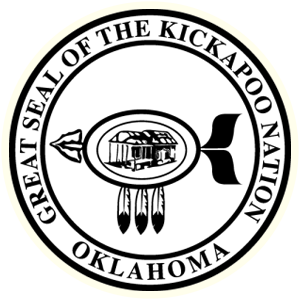

The Kickapoo Department of Environmental Programs (KDEP) strives to provide effective environmental programs that promote the protection of the environment and human health. We respect surface water, drinking water, air, solid waste, brownfields, underground storage tanks, hazardous waste, emergency response, environmental justice, pesticides and environmental planning projects.
Our mission is to protect and manage the reservation environment for the jurisdictional and service area of the Kickapoo Tribe of Oklahoma. To increase the protection of its environment, the Kickapoo Tribe established the Kickapoo Department of Environmental Programs in December 1997. The KDEP is responsible for identifying environmental problems and developing prevention and remediation strategies.
To accomplish this mission, we adhere to quality assurance activities to ensure that all decisions are based on environmental data that is scientifically valid, precise, accurate, complete, representative, comparable and legally defensible. In addition, KDEP will strive to incorporate cultural needs, which are the tradition and heritage of the Kickapoo people, into all documents produced for the preservation of the Tribe.
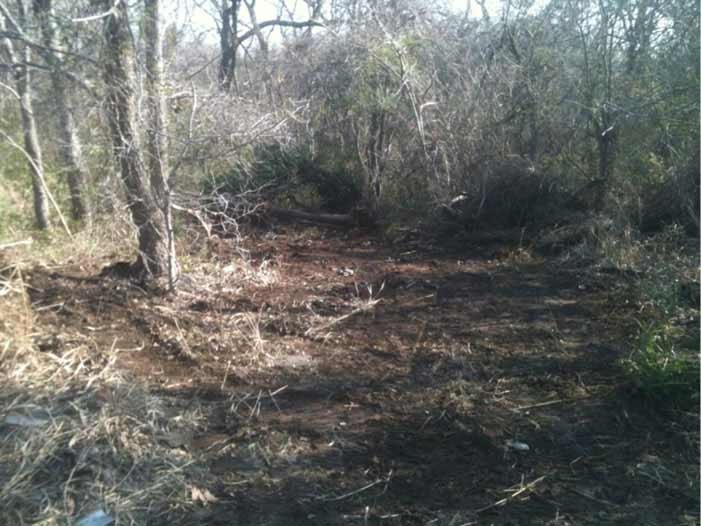
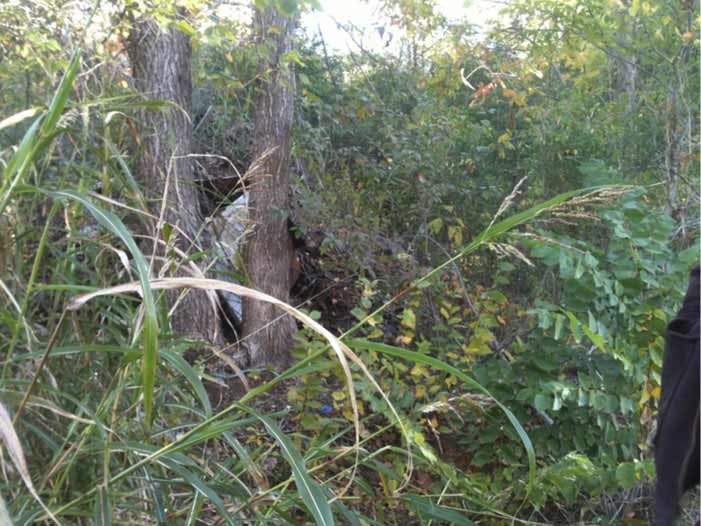
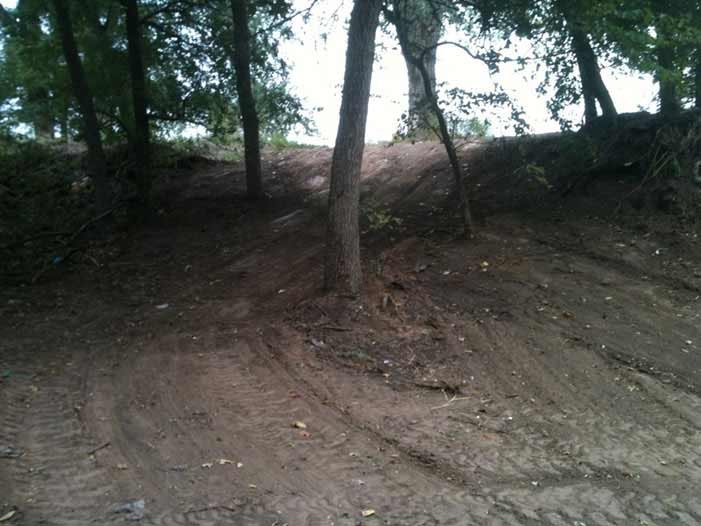

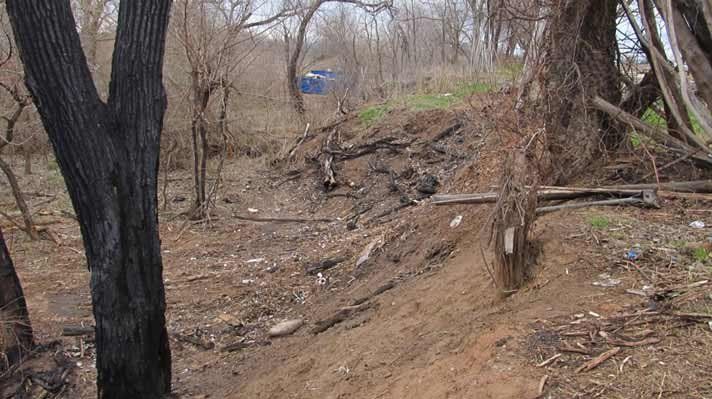
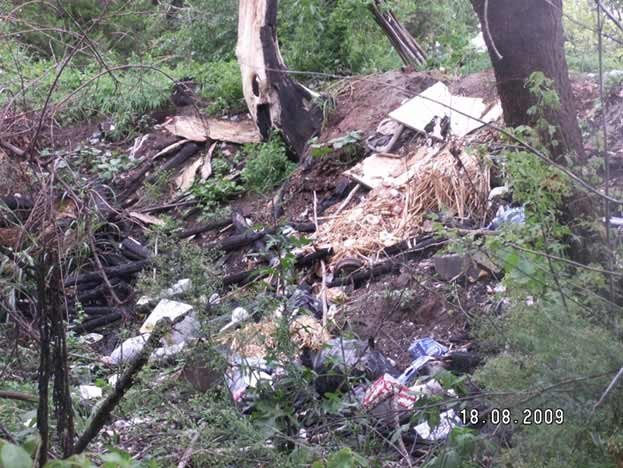
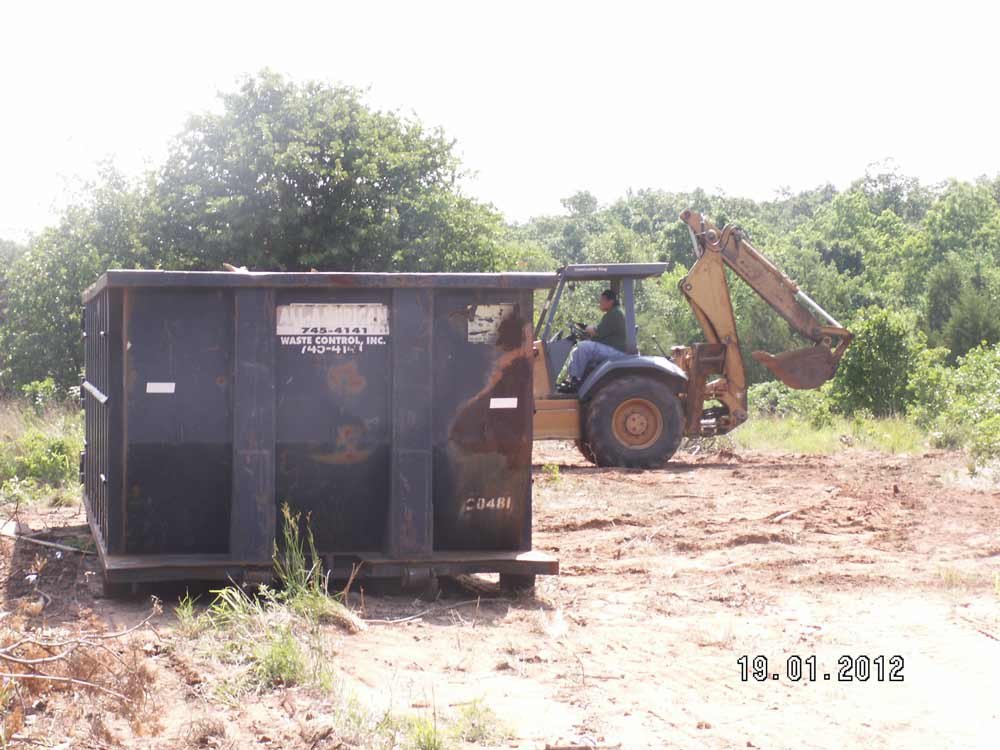
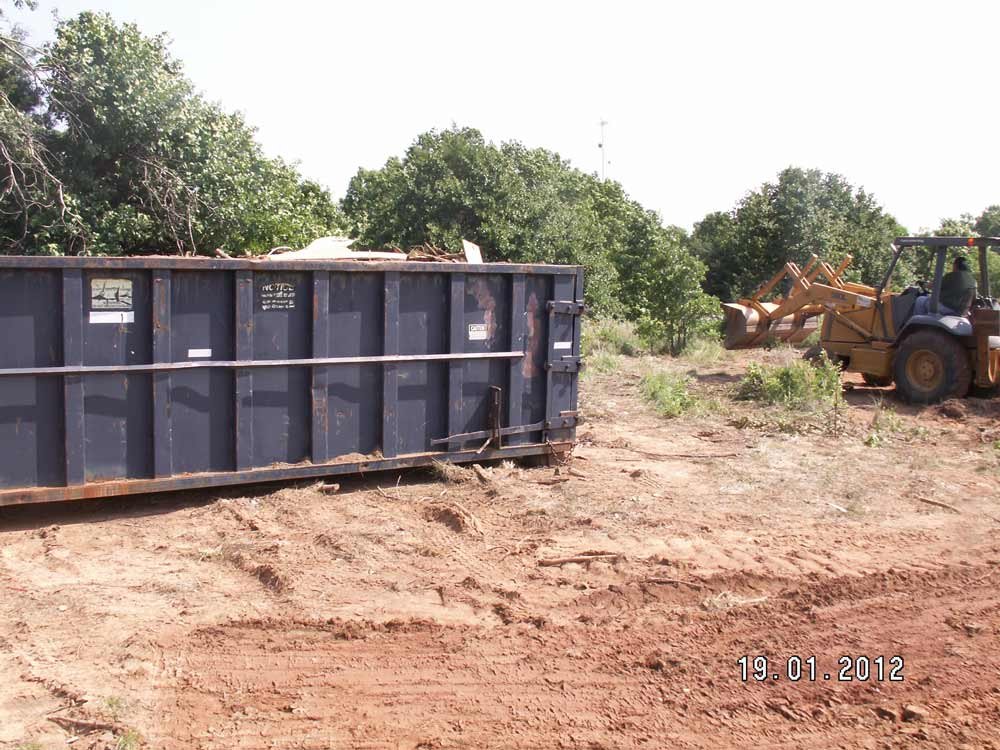
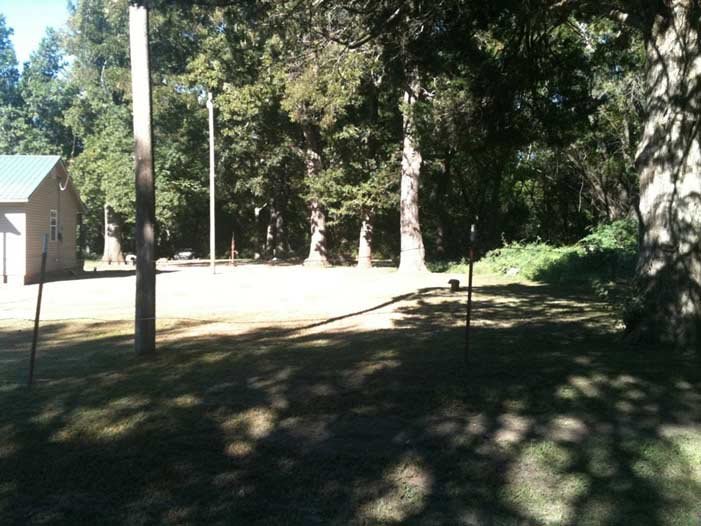
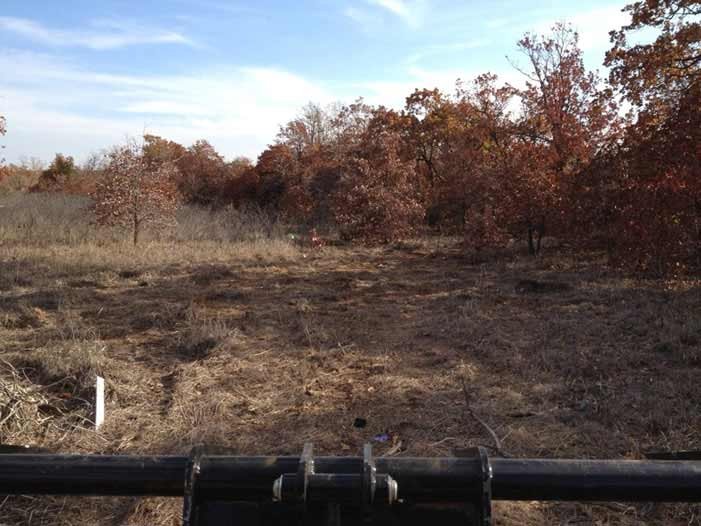

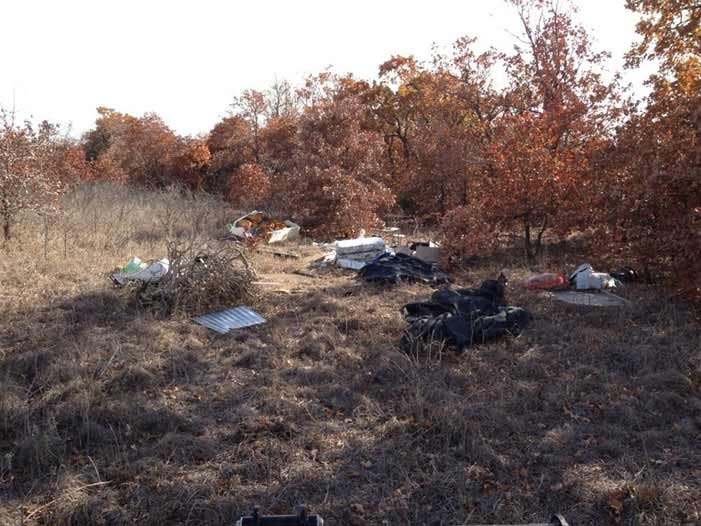
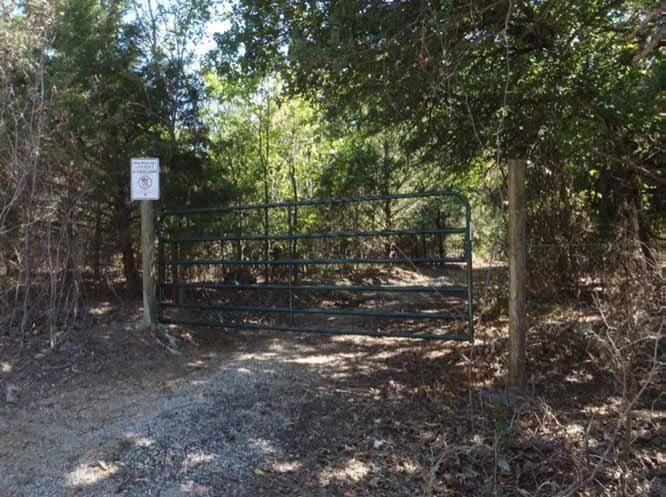
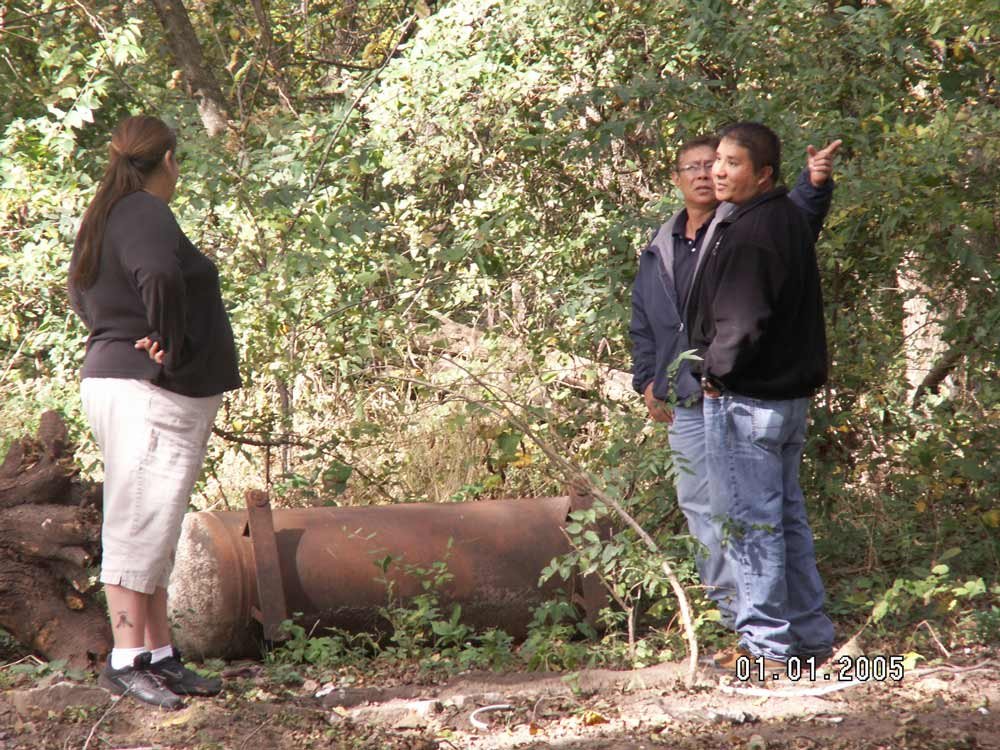
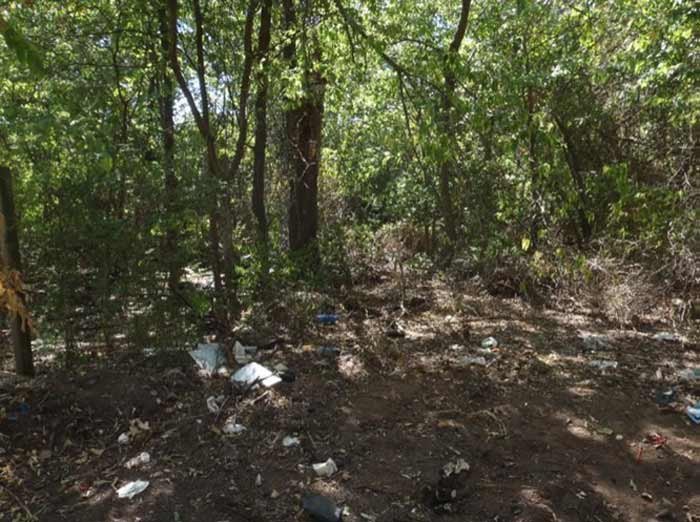
The Kickapoo Department of Environmental Programs (KDEP) strives to promote effective environmental programs that promote the protection of the environment and human health with respect to surface water, drinking water, air, solid waste, underground storage tanks, hazardous waste, emergency response, environmental justice, pesticides and environmental planning projects. With the addition of a 128(a) program, KDEP will complete existing services by the following the goals of:
• Develop a site inventory on tribal lands
• Strengthen the tribe’s capacity to respond to contaminated sites
• Fostered public participation through outreach and education
• Develop cleanup standards
The U.S. Environmental Protection Agency (EPA) defines a brownfield as “…real property, the expansion, redevelopment, or reuse of which may be complicated by the presence or potential presence of a hazardous substance, pollutant, or contaminant” (Public Law 107-118 (H>R> 2869) – “Small Business Liability Relief and Brownfields Revitalization Act”, signed into law January 11,2002). A brownfield typically is underutilized, idled and/or abandoned property.
Brownfields sites include abandoned factories and other industrial facilities, service stations, oil storage facilities, dry cleaning businesses and any other business or facility that dealt with hazardous substances, pollutants or contaminants. Mine-scared lands, properties impacted by asbestos and/or lead based paint, and controlled substances can be brownfields.
The U.S. Government Accounting Office estimates that there are between 400,000 and 600,000 brownfields throughout the U.S.
EPA’s brownfields program started in 1995 with the provision of a small amount of “seed money” to local governments that launched hundreds of 2-year brownfield “pilot” projects. The four main goals of the brownfields program are:
• Protection of the environment by addressing brownfields.
• Promotion of partnerships by enhancing collaboration and communication essential to facilitate brownfields cleanup and reuse.
• Strengthen the marketplace by providing financial and technical assistance to bolster the private market.
• Sustain reuse by redeveloping brownfields to enhance a community’s long-term quality of life.
The Kickapoo Department of Environmental Programs is responsible for solid waste identification and the remediation of illegal dump sites. To be eligible for federal funding, open dump sites must be listed on the Indian Health Service (IHS) Sanitation Deficiency System (SDS). Most sites are located on tribal trust land or allotted land and have SDS and Facilities Data System number (FDS). Federal dollars from the Environmental Protection Agency (EPA) are limited to complete closures each year. Now, there is restricted funding to tribes. These dump sites are surveyed annually by Kickapoo Department of Environmental Programs staff and IHS representatives, and are coded into the Sanitation Tracking and Reporting System. Open dump sites are not only eyesores, but also pose threats to human health and the environment, particularly with abandoned groundwater wells near ceremonial grounds. Because the dumpsites are listed in the SDS and are located on tribal trust land, these dumps could potentially affect the lives of many tribal members.
Community clean-ups are schedule in Spring. However, the tribal maintenance department in conjunction with our efforts have been providing roll offs at the secondary complex for those wishing to remove large unwanted items. Please don’t dispose the following items in roll offs: TIRES, BATTERIES, PAINT CYLINDERS, APPLIANCES WITH FREON AND MEDICAL WASTE. We also recycle automobile tires without rims with the State of Oklahoma Department of Environmental Quality but they must not be large off-road tires, and equipment tires such as forklift and backhoe tires.
If you are disabled and required special assistance, please contact the Maintenance Department at 405.964.7657 for arrangements.
The main focus of the water quality program (or Clean Water Act Section 106) is to monitor the surface waters within the tribal jurisdiction. The water resource is interconnected with other water resources on tribal lands. Each month program staff measure dissolved oxygen, pH, specific conductance, turbidity, temperature, nitrate/nitrite, total phosphorus, and E. coli in designated sampling sites. We also respond to complaints or concerns regarding other surface water resources such as creeks or ponds.
From 2009 to the present, staff members have monitored the portion of North Canadian River and other tributaries within the Kickapoo tribal jurisdiction. We will continue monitoring and maintaining adequate measures for prevention and control of surface and groundwater pollution activities from point and nonpoint sources.
Predominantly the Kickapoo tribal lands lie within the Lower North Canadian Watershed. The northern border of the jurisdictional area is bounded by the Deep Fork River, a tributary of the North Canadian River, and the southern border is bounded by the North Canadian River. The headwaters of the Deep Fork River are in north Oklahoma City; the North Canadian River passes through Oklahoma City prior to entering the jurisdiction. Rivers and streams within the jurisdiction provide cultural and agricultural resources. Cultural practices such as gathering of aquatic plants and wildlife are common within the Tribe. Agriculture consists primarily of open pastures for cattle with some cultivated land.
Two principal aquifers, the Garber-Wellington Aquifer, and North Canadian River Aquifer provide groundwater for most rural dwellings and small communities. The Kickapoo Tribe relies primarily on the groundwater resources within the tribal boundaries for domestic and commercial uses.
Water management in the Oklahoma City metropolitan area greatly impacts the quality of the Tribe’s surface water resources. Upstream urban impacts include stormwater runoff (MS4s), municipal wastewater discharges, sanitary sewer overflows, industrial discharges, and upstream impoundments. Impacts within the jurisdiction include agricultural runoff, municipal wastewater discharges, and failing private septic systems.
In 2013 we began receiving base level CWA §319 funding. §319 implementation projects are expected to result in a measurable improvement of water quality and deter impacts on the tribe’s water resources. A measurable water quality improvement would be very difficult to achieve on the North Canadian River. As a result, we hope to implement §319 projects on tributaries to the North Canadian River where they are most likely to result in measurable improvement such as renovating and educating homeowners the importance of maintaining their wastewater treatment system (e.g., aerobic systems or drain fields). For further assistance, we require homeowners to apply for I.H.S. assistance first by calling 405.214.4200 or visit Oklahoma City OEH. Our program can only handle small repairs with limited funding each year.
Please contact us for any additional questions either by completing the contact form or calling us. Help keep our waterways healthy for future use.
How Your Septic System Work
Septic systems are underground wastewater treatment structures, commonly used in rural areas without centralized sewer systems. They use a combination of nature and proven technology to treat wastewater from household plumbing produced by bathrooms, kitchen drains, and laundry.
A typical septic system consists of a septic tank and a drainfield, or soil absorption field.
The septic tank digests organic matter and separates floatable matter (e.g., oils and grease) and solids from the wastewater. Soil-based systems discharge the liquid (known as effluent) from the septic tank into a series of perforated pipes buried in a leach field, chambers, or other special units designed to slowly release the effluent into the soil.
Alternative systems use pumps or gravity to help septic tank effluent trickle through sand, organic matter (e.g., peat and sawdust), constructed wetlands, or other media to remove or neutralize pollutants like disease-causing pathogens, nitrogen, phosphorus, and other contaminants. Some alternative systems are designed to evaporate wastewater or disinfect it before it is discharged to the soil.
Do you have a septic system?
You may already know you have a septic system. If you do not know, here are tell-tale signs that you probably do:
• You use well water.
• The waterline coming into your home does not have a meter.
• You show a “$0.00 Sewer Amount Charged” on your water bill or property tax bill.
• Your neighbors have a septic system.
How to find your septic system
Once you have determined that you have a septic system, you can find it by:
• Looking on your home’s “as built” drawing.
• Checking your yard for lids and manhole covers.
• Contacting a septic system service provider to help you locate it.
Failure symptoms: Mind the signs!
A foul odor is not always the first sign of a malfunctioning septic system. Call a septic professional if you notice any of the following:
• Wastewater backing up into household drains.
• Bright green, spongy grass on the drainfield, especially during dry weather.
• Pooling water or muddy soil around your septic system or in your basement.
• A strong odor around the septic tank and drainfield.
If you still have questions about your septic system, please call our office at (405) 964-5967 and we will be happy to assist you.
The KDEP manages the Secondary Administration Complex public water supply, and provides technical assistance to operators of the Tribe’s other public water supply systems. The KDEP also applied for and received funding for a water line extension to Frye Road. This project was funded by EPA and managed by Indian Health Service.
The Secondary Complex System (PWS No. 062004173) is a small system consisting of a single metered well and a small distribution system. It was constructed during the late 1960s or early 1970s. The Secondary Complex facilities include the Department of Environmental Programs, Education Department, Tag Department, Maintenance building, and the gymnasium. The supply well is approximately 70 feet deep with 6-inch-diameter casing. (image below)It is equipped with a 1-hp submersible pump that discharges (1-inch-diameter pipe) to a 52-gallon hydropneumatic (pressure) tank. The distribution system consists of short lengths (less than 100 feet) of 1-inch- and 2-inch-diameter pipes. This system is tested monthly for bacteria coliforms and other inorganic/organic parameters as required by USEPA. An independent laboratory performs some of the our testing analysis. All test results can be retrieved by completing our request form please.
The KDEP encourages tribal members to utilize I.H.S. for water supply and wastewater system. Please contact Shawnee O.E.H. at (405) 214-4200 or visit Oklahoma City OEH webpage. Applications for service are available for download.
The Kickapoo Tribe of Oklahoma Department of Environmental Programs (KDEP) is requesting proposals from qualified engineering consultants to provide professional services to prepare its 2020 Comprehensive Water Management Plan (CWMP). The study will determine the overall supply and demand of water for the Kickapoo Tribe and its divisions, and identify any possible deficiencies in the water supply for the next 25 years, including preparing a water budget, along with water quality data and prepare mitigation strategies for water shortage. Tasks are outlined within the RFP, which may be accessed on January 19, 2020, at www.kto-env.com/programs/safe-drinking-water. Firms or consultants should email their responses to dshields@kickapootribeofoklahoma.com. The proposal should be sent electronically as a PDF at the above email address, or alternatively, one copy of the proposal should be delivered no later than 5:00 P.M. on February 14, 2020: Environmental Director, Kickapoo Tribe of Oklahoma, Department of Environmental Programs, P.O. Box 70, McLoud, OK 74851. KDEP reserves the right to accept a portion, all, or none of the respondents’ proposals, and the project is subject to availability of funds. Minority and women-owned businesses are encouraged to submit a proposal.
The purpose of the indoor air quality assessments is to determine any air quality problems that may be linked to mold or environmental triggers for asthma. A visual inspection and educational outreach will be conducted by KDEP staff members.
The Kickapoo Department of Environmental Programs has developed a comprehensive indoor air quality assessment program. The program will focus on mold and indoor asthma triggers.
Mold has been linked to a variety of health issues including, but not limited to, aggravation of asthma and allergies, coughing, congestion, skin rashes , and are at increased risk for infections.
Environmental control of asthma symptoms is often safer and less expensive than medical control of asthma. Our Indoor Air Quality Assessment can help determine suspected areas or sources of the problem.
Home Mold Assessments
Why is Mold Problematic? Molds can be found almost anywhere; they can grow on virtually any substance, providing moisture is present. There are molds that can grow on wood, paper, carpet, and foods.
Indoor Asthma Triggers Assessments
What are some asthma triggers? Secondhand smoke, dust mites, molds, pests, pets, nitrogen dioxide, chemicals, wood smoke, outdoor air pollution.
• Potential health effects and symptoms include allergic reactions, asthma, and other respiratory complaints.
• There is no practical way to eliminate all mold and mold spores in the indoor environment; the way to control indoor mold growth is to control moisture.
• Reduce indoor humidity (to 30-60%) to decrease mold growth by: venting bathrooms, dryers, and other moisture-generating sources to the outside; using air conditioners and de-humidifiers; increasing ventilation; and using exhaust fans whenever cooking, dishwashing, and cleaning.
• Clean and dry any damp or wet building materials and furnishings within 24-48 hours to prevent mold growth.
• Clean mold off hard surfaces with water and detergent, and dry completely. Absorbent materials such as ceiling tiles, that are moldy, may need to be replaced.
• In areas where there is a perpetual moisture problem, do not install carpeting (i.e., by drinking fountains, by classroom sinks, or on concrete floors with leaks or frequent condensation).
• Currently, there are no EPA regulations or standards for airborne mold contaminants.
Tribal Jurisdiction Map (available upon request and approval)
Cleaned Up- Dump Site Map (available upon request and approval)
The KDEP is funded by grants from various federal agencies, such as the Environmental Protection Agency (EPA). Most of our funding comes from EPA, so the majority of projects we undertake benefit the community as a whole. Community-wide projects include surface water monitoring, providing roll-offs for annual community cleanup events and educational opportunities for children.
We also offer indoor air assessments and provide information on a variety of environmental topics including testing and disinfecting residential wells, proper handling and disposal of pesticides, water conservation and indoor air quality. Due to funding constraints, there are some services our department is unable to provide. Please contact our office below for information on environmental topics or with environmental complaints or concerns.
